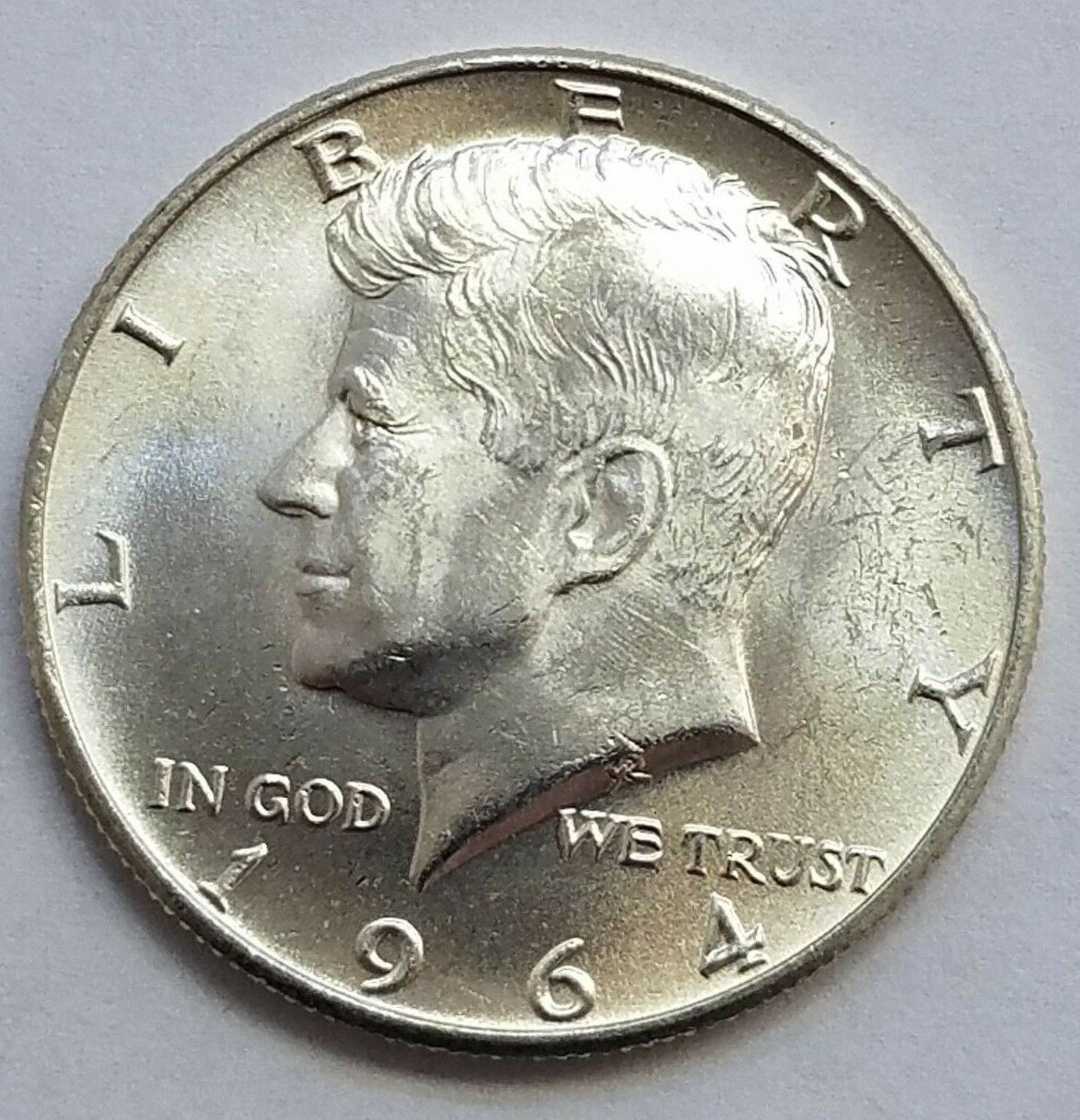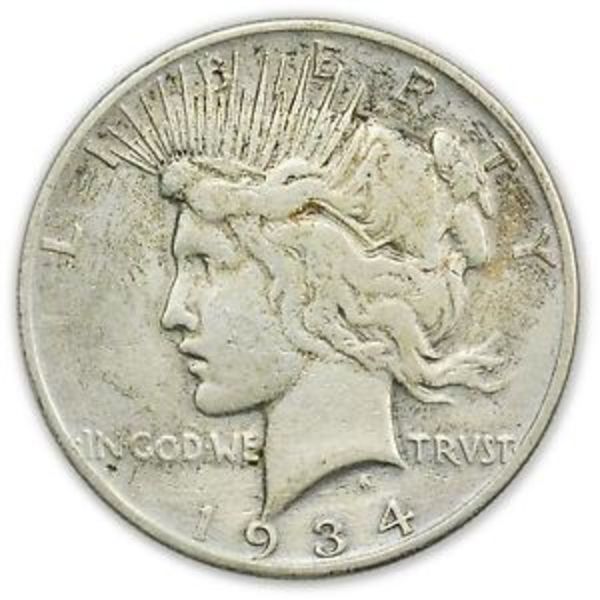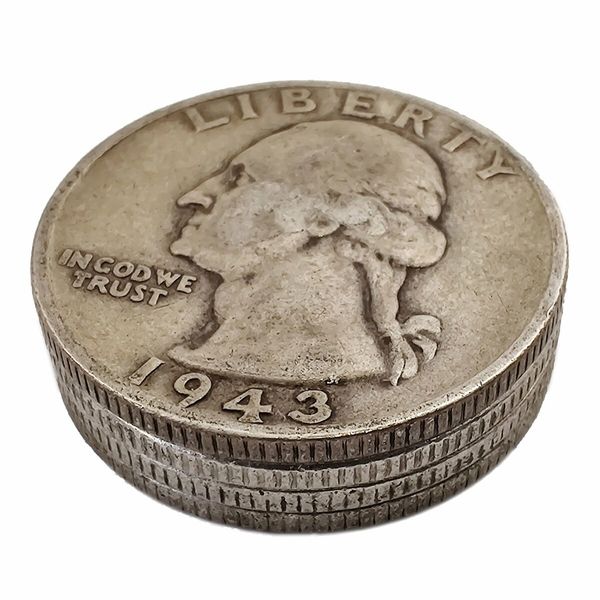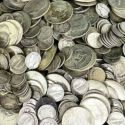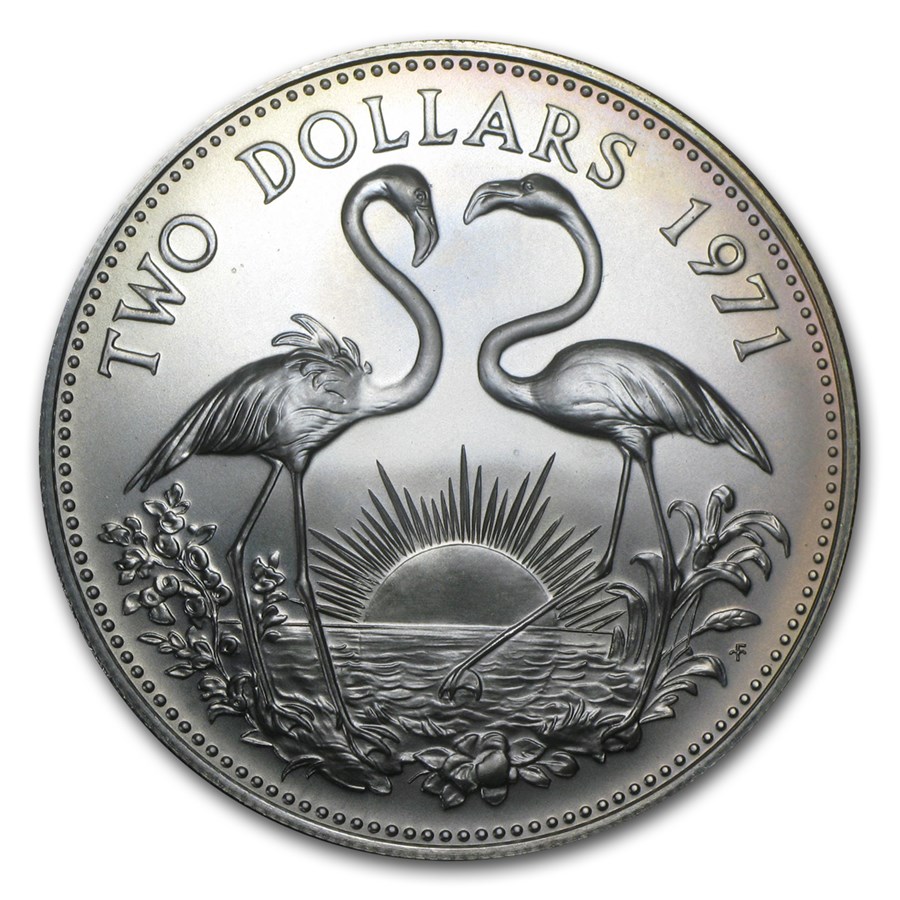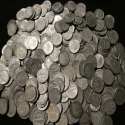1964 Kennedy Half Dollar Melt Value
Determining the current price of silver coins is a straightforward process once you know the silver content of the coin and the current market price, often referred to as the silver spot price.
US Mint Silver Coin Melt Values
| Description | Face Value | ASW | Melt Value | Per $1 Face | Per Bankroll | |
|---|---|---|---|---|---|---|
| 90% Kennedy Half Dollar | 1964 Kennedy Half Dollar | $0.50 | 0.3575 | $25.69 | $51.37 | $513.73 |
1964 Kennedy Half Dollar
The 1964 Kennedy Half Dollar holds a unique place in U.S. numismatic history, primarily due to its association with the assassination of President John F. Kennedy and its 90% silver composition. These coins are widely collected and their value can vary based on their condition and whether they have any unique varieties or errors.
Design and Release
The obverse of the 1964 Kennedy Half Dollar was designed by Gilroy Roberts, featuring a left-profile portrait of President Kennedy. The reverse, designed by Frank Gasparro, showcases an adaptation of the Presidential Seal, with an eagle holding an olive branch and a bundle of arrows, symbolizing peace and strength. This design honored Kennedy, reflecting the nation's grief and memorializing his legacy.
Shortly after Kennedy's assassination on November 22, 1963 , Congress authorized the production of this coin, and it was quickly put into production. The first coins were struck in January 1964 at the Philadelphia and Denver Mints, with public release following on March 24, 1964 . The public demand for the coin was unprecedented, as people wanted a memento of the late president. Despite a massive mintage, many coins were hoarded by collectors and citizens alike, making them less common in day-to-day circulation.
Composition and Mintage
The coin's composition is 90% silver and 10% copper, with a total weight of 12.5 grams and an approximate silver content of 11.25 grams. After 1964, the U.S. Mint reduced the silver content of Kennedy Half Dollars to 40% between 1965 and 1970 before eventually moving to a fully clad composition.
The total mintage for the 1964 Kennedy Half Dollar was substantial, with more than 433 million coins issued by the U.S. Mint.
- Philadelphia Mint : Over 277 million coins produced.
- Denver Mint : Over 156 million coins produced.
Despite this large quantity, public hoarding meant that fewer coins circulated regularly.
1964 Kennedy Half Dollar Values
| Condition | Description | Value |
|---|---|---|
| Circulated Condition (Good to Very Fine) | Due to their silver content, even heavily circulated examples are worth more than face value. | On average, they trade for $9 to $12 based on the current silver spot price. |
| Uncirculated (Mint State 60) | In MS60 condition, a 1964 Kennedy Half Dollar may show some contact marks from the coin-making process and is considered the lowest grade in the uncirculated category. | $15 to $20, depending on the quality of the strike and eye appeal. |
| Uncirculated (Mint State 65) | MS65 coins will show only a few light, scattered contact marks and will look nearly flawless to the naked eye, with only minor imperfections visible under magnification. | These are higher-grade coins that can fetch $30 to $60, especially if they are certified by a grading service like PCGS or NGC. |
| Proof Coins | The background field of the 1964 Proof Kennedy Half Dollar is highly reflective and smooth, giving the coin a polished, elegant appearance. | Proof examples from 1964, which were struck for collectors, can range from $25 to $50 for typical examples. The cameo and deep cameo variations can command premiums in the $50 to $100 range or higher in top grades like Proof 69 (PR69) or Proof 70 (PR70) |
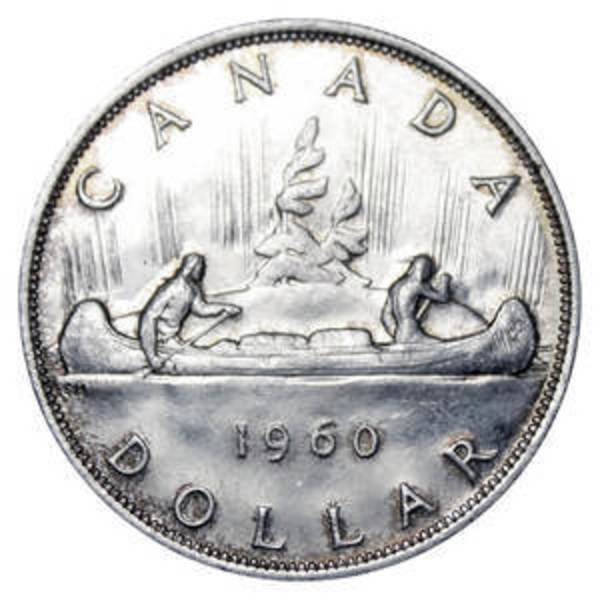
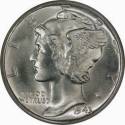
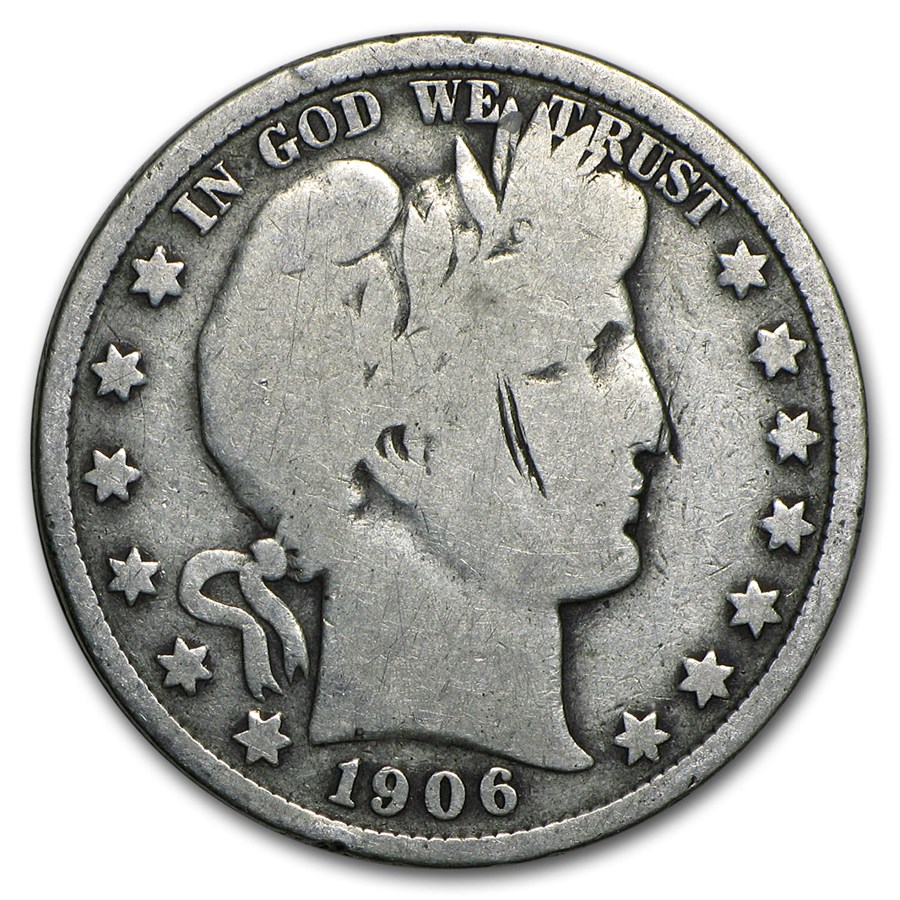
.jpg)
